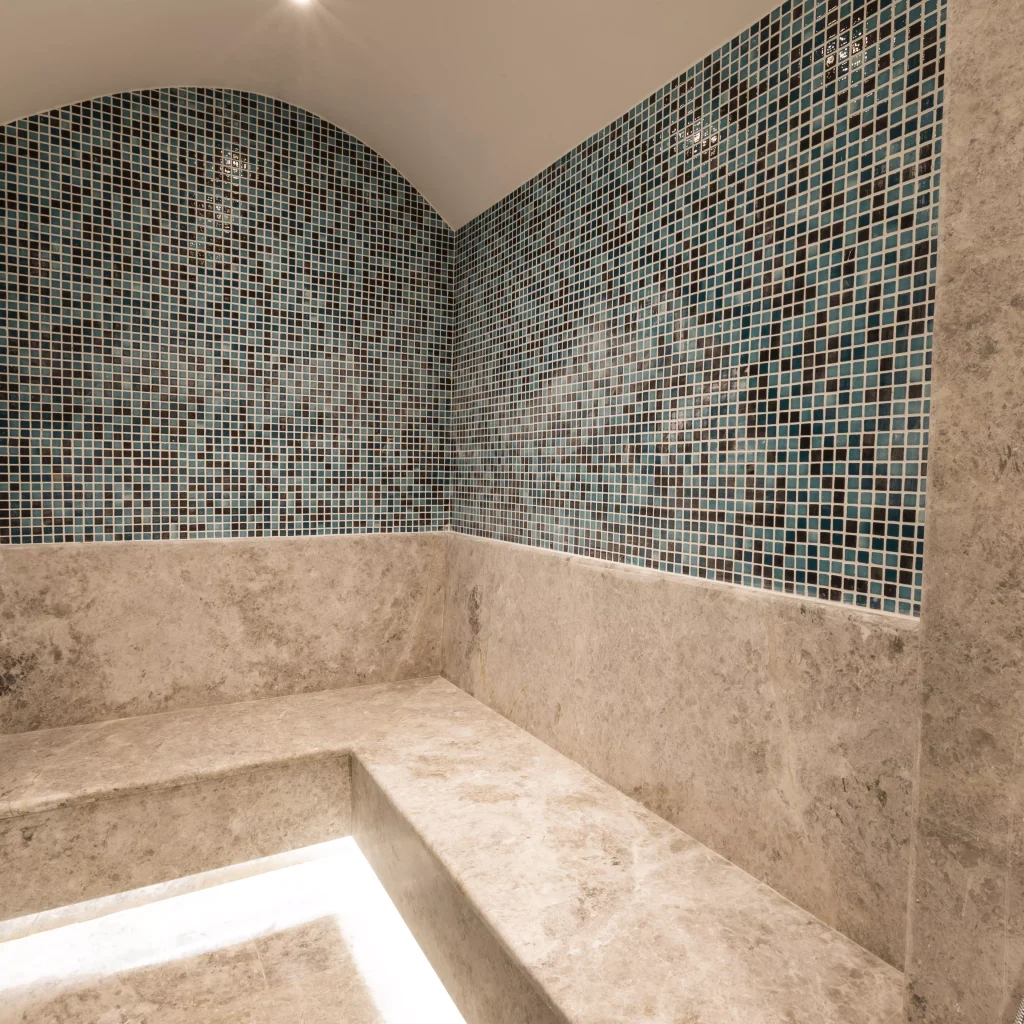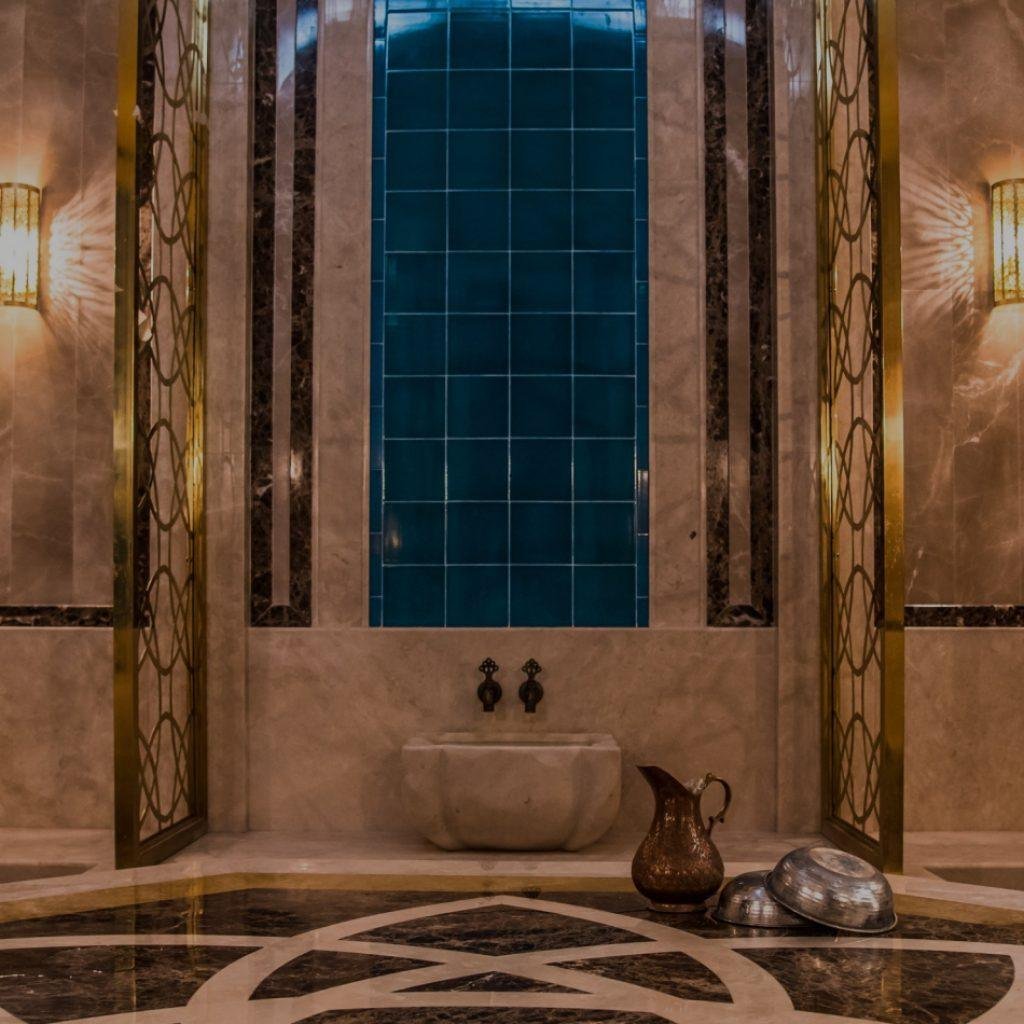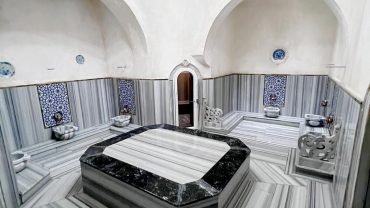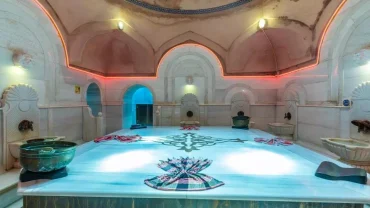Why Istanbul Hammams Are Unique in the World
Step through the ornate doors of an Istanbul hammam and you are not merely entering a bathhouse; you are immersing yourself in a living tradition, a cultural sanctuary that has been an integral part of Turkish life for centuries.
While bathing cultures exist across the globe, from the serene onsens of Japan to the fiery saunas of Finland, the Istanbul hammam, or Turkish bath, offers an experience that is profoundly and uniquely its own. Its distinction lies not in a single element, but in a rich synthesis of history, architecture, ritual, and social significance that engages all the senses.
The hammam is a legacy of empires, an architectural marvel, and a social institution rolled into one. It is a place where the grandeur of the Ottoman Empire meets the deep-rooted importance of cleanliness in Islamic culture.
The experience is a ceremonial journey, a guided purification that is as much about social connection and spiritual cleansing as it is about physical washing. To understand why Istanbul’s hammams are unparalleled, we must explore the layers of history, the symphony of steam and marble, the meticulous ritual, and the deep cultural resonance that define this timeless practice. This is not just a bath; it is a cultural immersion that has no equal.
A Lineage of Empires: From Roman Thermae to Ottoman Grandeur
The story of the Istanbul hammam is a tale of cultural inheritance and evolution. Its roots can be traced directly back to the Roman thermae, the grand public bathhouses that were centers of social life in the Roman Empire.
When the Romans established their eastern capital in Constantinople (modern-day Istanbul), they brought their bathing customs with them. The Byzantines continued this tradition, and with the Ottoman conquest of the city in 1453, these bathhouses were adapted and perfected into the institution we know today.
Unlike their Roman predecessors, which often included libraries and gymnasiums, the Ottoman hammam became more focused on the ritual of cleansing and its connection to Islamic principles of purity.
The Ottomans fused the Roman concept of public bathing with their own architectural genius and cultural values. This historical continuity is palpable in the very structure of the hammams, many of which were designed by legendary architects like Mimar Sinan and have stood for over 500 years.
This unbroken chain of history, from Roman thermae to the opulent bathhouses of Suleiman the Magnificent, imbues every hammam in Istanbul with a sense of historical weight and authenticity that is simply unmatched.
Read more details about Hammam
The Symphony of Steam and Marble: Unique Hammam Architecture
The atmosphere of an Istanbul hammam is inextricably linked to its unique architectural design. These are not mere functional buildings but works of art designed to facilitate a specific sensory and spiritual experience. Several key architectural elements work in concert to create this unique environment:
- The Grand Dome: The most striking feature of a traditional hammam is its large central dome. This is not just an aesthetic choice; the dome’s curved surface allows the steam’s condensation to trickle down the walls rather than dripping unpleasantly onto the bathers below.
- Star-like Skylights: The dome is typically punctuated by small, star-shaped or circular glass skylights. These openings allow a soft, ethereal daylight to pierce through the steam-filled chamber, creating a mystical and serene ambiance. This indirect, dim lighting encourages relaxation and introspection.
- The Göbek Taşı (Belly Stone): At the heart of the hot room (sıcaklık) lies the göbek taşı, a large, heated octagonal marble slab. This is the centerpiece of the hammam experience. Bathers recline on its warm surface to sweat and relax their muscles, preparing their skin for the exfoliation ritual. The heat radiates gently from the marble, providing a deep and penetrating warmth.
- Marble and Iznik Tiles: The interior of a hammam is a sea of marble. Walls, floors, and fountains are all clad in this durable and heat-retaining material. The sound of water echoing off the marble surfaces is a core part of the hammam’s soundscape. Many historic hammams are also adorned with intricate and colorful Iznik tiles, showcasing the zenith of Ottoman artistry.
- Kurnas (Water Basins): Instead of communal pools, hammams feature individual marble basins called kurnas. Bathers use traditional copper bowls (tas) to scoop water from the kurna and pour it over themselves, a practice that is both hygienic and ritualistic.
This combination of soaring domes, celestial light, radiant heat from marble, and the gentle sound of flowing water creates a multisensory environment that is both majestic and deeply calming, a world away from the wooden simplicity of a sauna or the natural setting of an onsen.
More Than a Bath: The Attendant-Led Ritual
Perhaps the most significant factor that makes the Istanbul hammam unique is its structured, attendant-led ritual. Unlike the self-directed soaking of a Japanese onsen or the personal heat endurance of a Finnish sauna, a traditional hammam experience is a guided journey of purification administered by a professional attendant, known as a tellak (for men) or a natir (for women).
This ceremonial process unfolds in distinct stages:
- Acclimatization and Sweating: The journey begins in the hot room (sıcaklık). The bather relaxes on the warm göbek taşı or by a water basin, allowing the humid, steamy air to open up the pores and soften the skin. This period of passive sweating is crucial for preparing the body for the next steps.
- The Kese: Vigorous Exfoliation: Once the skin is ready, the attendant arrives with a kese, a coarse mitt made of silk or goat hair. The bather is then scrubbed from head to toe with firm, methodical strokes. This process vigorously removes layers of dead skin, revealing fresh, incredibly smooth skin underneath. The sheer amount of dead skin that is sloughed off is often a surprising, yet deeply satisfying, part of the experience.
- The Köpük Masajı: A Mountain of Bubbles: Following the exfoliation, the attendant performs the köpük masajı, or foam massage. Using a large cloth bag, they whip up a cloud of fragrant, olive oil-based soap bubbles. The bather is then completely enveloped in this thick, luxurious foam. The attendant uses the bubbles to give a gentle, soothing massage, cleansing the newly exfoliated skin.
- Rinsing and Relaxation: The final stage involves a thorough rinsing with bowls of warm and cool water. After the ritual, the bather is wrapped in fresh, dry towels (peştemal) and can retreat to the cool room (soğukluk) to relax, rehydrate with Turkish tea or sherbet, and slowly readjust to the outside world.
This hands-on, multi-stage process is a defining characteristic of the Turkish bath, transforming a simple act of washing into a comprehensive and deeply rejuvenating treatment.
The Heart of the Community: A Social and Cultural Nexus
For centuries, the hammam was far more than just a place to get clean; it was a cornerstone of social life in the Ottoman Empire, functioning much like a modern-day community center. In a society where homes were private and social interactions were often segregated by gender, the hammam provided a crucial public space for people to gather, connect, and relax.
Especially for women, the hammam was one of the few places they could socialize freely outside their homes. It was the backdrop for significant life events. Mothers would inspect potential brides for their sons in the hammam, assessing their health and beauty. Special pre-wedding bathing ceremonies (gelin hamamı) were held for brides and their friends, filled with music, food, and celebration. New mothers would visit the hammam 40 days after giving birth in a special purification ritual.
Men also used the hammam for socializing, discussing business, and celebrating. It was a democratic space where men from different social strata could bathe together. This deep-seated social function, though diminished in the age of modern plumbing, still echoes in the communal atmosphere of Istanbul’s hammams today, making them repositories of cultural memory and social history.
A Cleansing for Body and Soul: The Spiritual Dimension
The final, and perhaps most profound, element of the hammam’s uniqueness is its spiritual significance. Rooted in the Islamic traditions of ritual ablution (wudu and ghusl), cleanliness holds a place of paramount importance. Physical purity is seen as intrinsically linked to spiritual purity. The hammam, therefore, has always been a place to prepare for prayer and to cleanse oneself not just of dirt, but of spiritual impurities as well.
The emphasis on flowing water, rather than stagnant pools, reflects this concern for ritual purity. The act of pouring water over the body is a symbolic act of washing away one’s sins and worldly concerns. The serene, temple-like architecture and the methodical, quiet ritual all contribute to a meditative state, encouraging a sense of inner peace and renewal. This spiritual dimension elevates the hammam experience from a mere spa treatment to a holistic practice that cleanses the body, calms the mind, and soothes the soul.
Learn more details about Hammam Experience
In conclusion, the Istanbul hammam stands alone in the world of bathing traditions. It is a product of a unique historical fusion, a masterpiece of purpose-built architecture, a specific and indulgent ritual, a vital social stage, and a place of deep spiritual meaning. To experience an Istanbul hammam is to connect with a centuries-old tradition that continues to thrive, offering a profound and unforgettable journey into the heart of Turkish culture.







Comment (0)